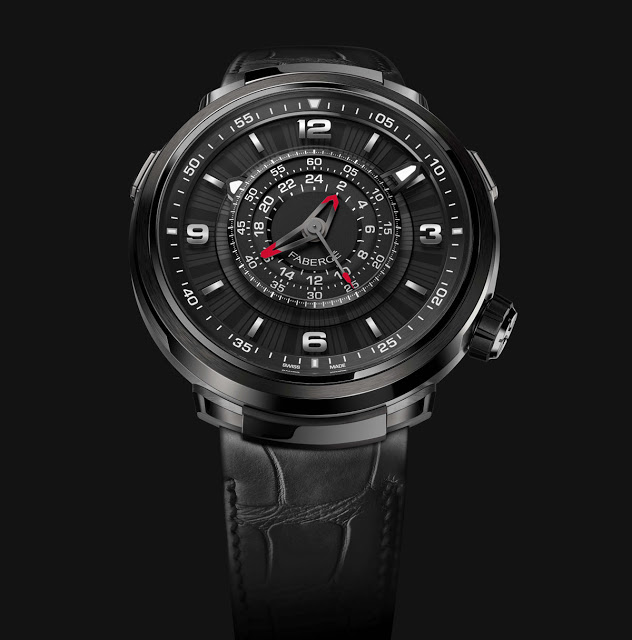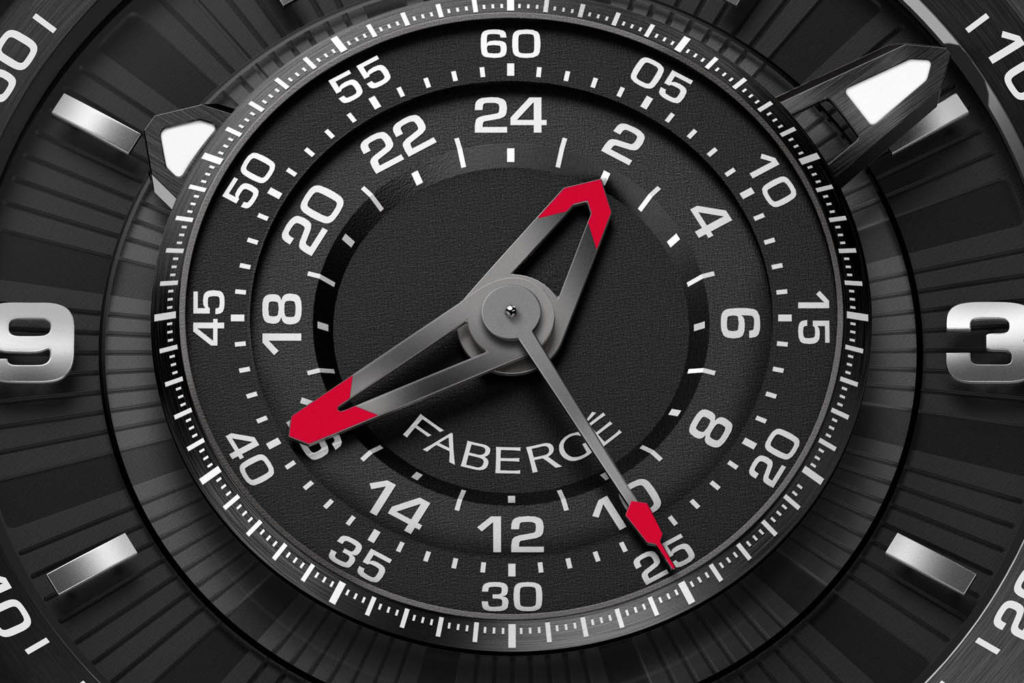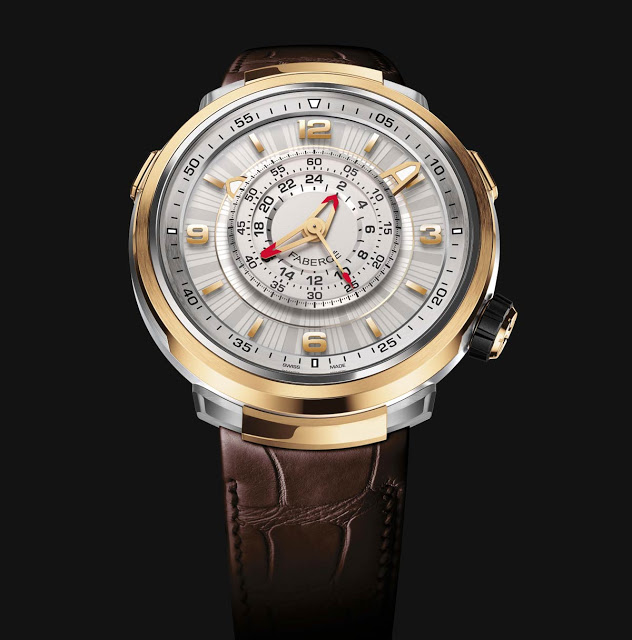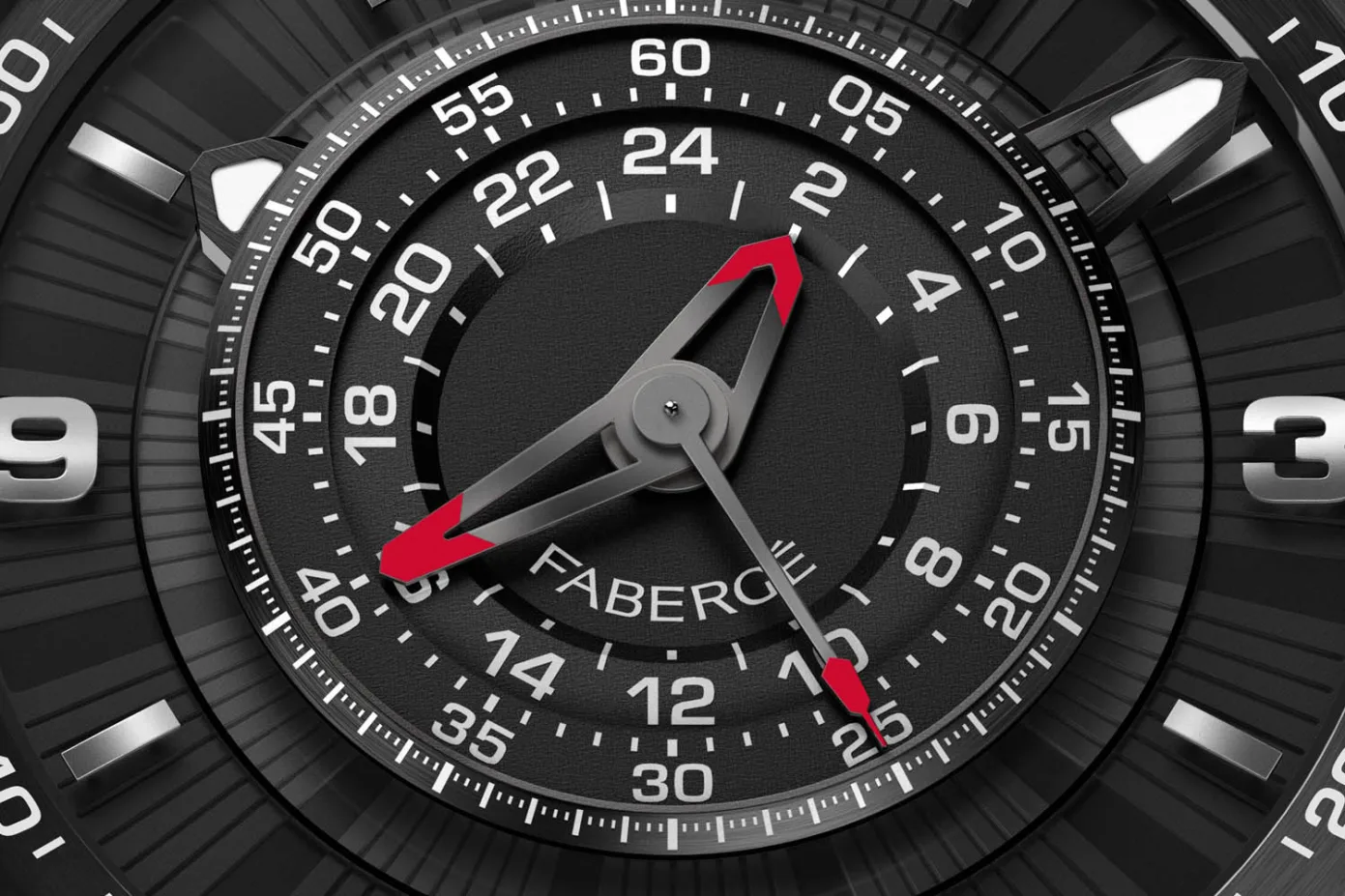By Harlan Chapman-Green
We all love a bit of jewellery now and then, don’t we? Granted, we men of society are pretty much limited to a wedding and/or signet ring, possibly a chain and an ear stud if you’re lucky (neglecting to mention the obvious wristwatch). However, females can adorn themselves with as much or as little jewellery as they like and there are plenty of companies to choose from. When you want something with a name of real prestige you’d usually consider Tiffany, De Beers or Cartier which are all great options. But the most prestigious name in the jewellery business is undoubtedly Fabergé.
Founded by Peter Carl Fabergé, this company gained recognition as one the highest levels in the business when he took some of his works and set up a little stand at a jewellery fair in Paris, the home of design culture at the time. Fabergé valued expert handiwork over jewels galore on his work and it showed, with fantastic consequences. The French fell immediately in love with his work, commissioning countless pieces and even making a bridge across the Seine in Paris to commemorate Russian designs, which are very in keeping with those of the French. Seriously, check out the Winter Palace in St Petersburg, the designs are very much alike to those in, say the Palace of Versailles.

While Fabergé is primarily a jeweller, it recently came under new ownership and now some new visions in the company have lead them down the road of watchmaking, not that we are going to complain about that of course. That’s because we get to see the new Visionnaire Chronograph from Fabergé, the first watch to make use of the new Agengraphe C.6361 movement developed by Agenhor. Yes, you’re right, it is that Agengraphe movement from that company called Agenhor. The reason we didn’t cover the Agengraphe in any particular detail was simple, pretty much everyone else was doing that. That meant that if we covered it as well we would just be repeating the same thing you’d already learned from other websites only in our own words, instead we focused on our vintage series.

To put it this way, the main benefit for other watchmakers of the Agengraphe movement is that there is a large hole at the centre of the movement, allowing the purchaser of said movement to add in their own complications or decorations as they so wish. Any complications added are supported by a built-in system that allows the movement to power them right out of the box. As we see in the Visionnaire Chronograph, which places the chronograph itself at the centre of the dial and the time hands on the periphery. 
What I think I like most about the chronograph layout is that it’s a Shakespeare script where there’s a play within the play itself, except this time it’s a watch within a watch. I say this simply because, thanks to the layout of the Visionnaire watches, there is a big space in the middle of the timepiece where the chronograph counters sit. Regular subdials have been pushed away in favour of traditional hands pointing to chronograph scales, meanwhile, the time hands orbit these at their own pace bringing a unique sense of depth to the watch.

To bring Fabergé into the modern era, the Visionnaire Chronograph will be offered in two different options, rose gold and titanium or black ceramic with titanium, featuring the design we have come to know and what to expect of the Visionnaire line over the past couple of years. In certain lights, the caseback reveals a secret engraving as a respect for the unfinished (thanks to the Russian Revolution of 1917) Fabergé Constellation egg. The movement has a 60-hour power reserve to it and a modest 21,600 bph run speed. Each watch will be presented on a leather strap with an 18K rose gold and titanium folding clasp signed by Fabergé, deliveries of the watches to clients are expected to begin in November and, in true Fabergé style, there currently is no price on this model (but expect it to be steep).
For more info, please visit faberge.com



